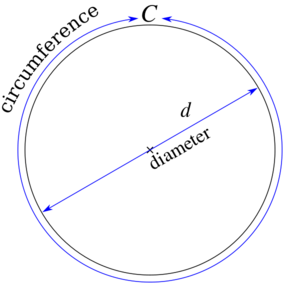Pi (nonfiction): Difference between revisions
Jump to navigation
Jump to search
No edit summary |
No edit summary |
||
| Line 4: | Line 4: | ||
<gallery> | <gallery> | ||
File:Carl Louis Ferdinand von Lindemann.jpg|link=Ferdinand von Lindemann (nonfiction)|1882: Mathematician and academic [[Ferdinand von Lindemann (nonfiction)|Ferdinand von Lindemann]] publishes proof that π (pi) is a transcendental number. | File:Carl Louis Ferdinand von Lindemann.jpg|link=Ferdinand von Lindemann (nonfiction)|1882: Mathematician and academic [[Ferdinand von Lindemann (nonfiction)|Ferdinand von Lindemann]] publishes proof that π (pi) is a [[Transcendental number (nonfiction)|transcendental number]]. | ||
</gallery> | </gallery> | ||
| Line 19: | Line 19: | ||
* [[Mathematical constant (nonfiction)]] | * [[Mathematical constant (nonfiction)]] | ||
* [[Mathematics (nonfiction)]] | * [[Mathematics (nonfiction)]] | ||
* [[Transcendental number (nonfiction)]] | |||
External links: | External links: | ||
Revision as of 17:20, 22 November 2017
The number pi is a mathematical constant, the ratio of a circle's circumference to its diameter, commonly approximated as 3.14159.
In the News
1882: Mathematician and academic Ferdinand von Lindemann publishes proof that π (pi) is a transcendental number.
Fiction cross-reference
Nonfiction cross-reference
- Ferdinand von Lindemann (nonfiction)
- Geometry (nonfiction)
- Mathematical constant (nonfiction)
- Mathematics (nonfiction)
- Transcendental number (nonfiction)
External links:
- Pi @ Wikipedia

